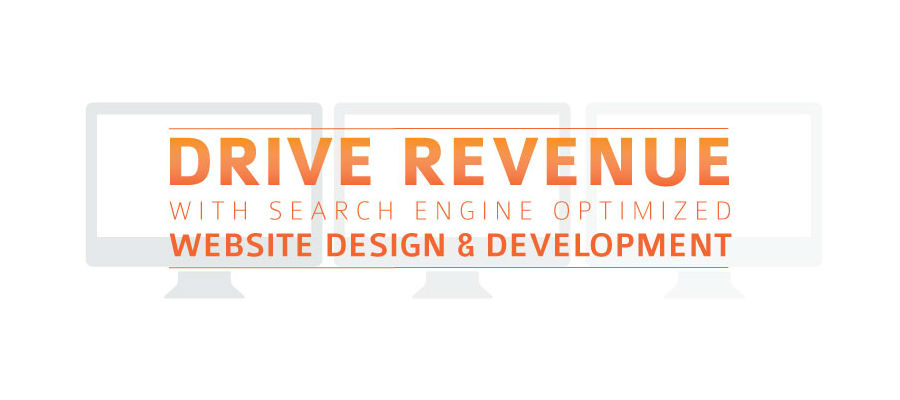
5 Tips to Optimize Your Website Design
Is Your Website Optimized?
Watching a website load slowly is like watching paint dry. Long load times could affect your website’s bounce rates and time spent on your website. If you want to get people to your site and keep them there, it’s important that you spend some time optimizing your website for maximum front-end performance.
Tips to Optimize Your Website Design
1. Check Your Web Hosting.
A web host’s server connection speed is the number one factor determining the performance and load time of your website. Server connection speed, measured in Mb/s varies depending on your particular web host and hosting package. For best results, consider dedicated hosting, rather than shared hosting.
2. Optimize Images.
The larger your images, the longer it will take your site to load. Think carefully about the size and format of your images. If an image needs scaling, do so directly using a photo editor such as Photoshop. The most web-friendly image formats are PNG, JPEG and GIF.
JPEG are the smallest format and best when you need to keep the image size small. The biggest con of a JPEG image is that this particular format will compress the quality of your image. In most cases however, JPEG is the ideal format to use for your website images, with a few exceptions.
PNG files support transparency, which is often necessary for logos. They are still relatively small files (though larger than JPEG), but have better image quality than a JPEG.
GIF files should only be used if you need to add small animation effects. GIF only supports 256 colors, so it is best used with limited colors.
3. Minimize HTTP Requests.
The majority of the time it takes for a web page to load is spent retrieving all of the components of a particular page. The less content a browser must retrieve in order to load the page, the faster a page will load. You can reduce your website’s load time in a couple of ways:
- Use icon fonts to replace graphic elements that would have previously required coding.
- Limit use of custom fonts and combine multiple static images (social media icons, arrows, buttons, etc) into sprites, if needed. Without going into too much technical detail, image sprites are essentially one large image that contains several smaller images. Using the CSS, you can choose which portions of the image to display and when. With advancements in CSS3, sprites aren’t used as much as they once were, as most styling can be achieved through pure CSS, though they may still be worth considering.
- Make sure your HTML/CSS/Javascript files are properly coded. Bloated code results in increased HTTP requests and slows load time.
- Reduce the number of CSS and Javascript files my merging different CSS files into one. The same can be done with Javascript files. Having a content delivery network (CDN) for your CSS and Javascript files will improve website speed.
4. Set a Max Stale Time in the Cache-Control Header.
Most browsers utilize a caching engine to reduce the number of HTTP requests when trying to load a website. Basically, caching means that the browser saves certain pieces of information from a website the first time that site is loaded in the browser so that subsequent visits to the same page do not require the browser to retrieve all of the information again. You can set a max stale time in the cache-control header to tell a browser not to download the same information again as long as that information isn’t a certain age. For example, if you set the max stale time to 30 days, a browser will only download information that is older than 30 days.
5. Compress Your Content.
Images, CSS files and other scripts can all be compressed to optimize your website performance. If you are using PNG image formats, use a tool like tinypng.com to compress those files without losing image quality as you would if you saved the image as a JPEG.
For a website that is optimized both for search engines and for performance, contact Frozen Fire.
Frozen Fire is a Dallas internet marketing and video production company that helps companies harness the most powerful aspect of modern marketing—the internet—to engage customers in memorable and meaningful ways. Ways that ignite sales and business growth. Contact us to learn how we can help your business.